What’s the biggest fish you’ve ever caught while Chesapeake Bay fishing? A 50-pound striped bass? A 70-pound cobia? Whatever it may be, there’s a good chance that you can beat that mark with a successful day of black drum fishing. These fish grow utterly huge, and it's even possible you'll hit the magic 100 pound mark.
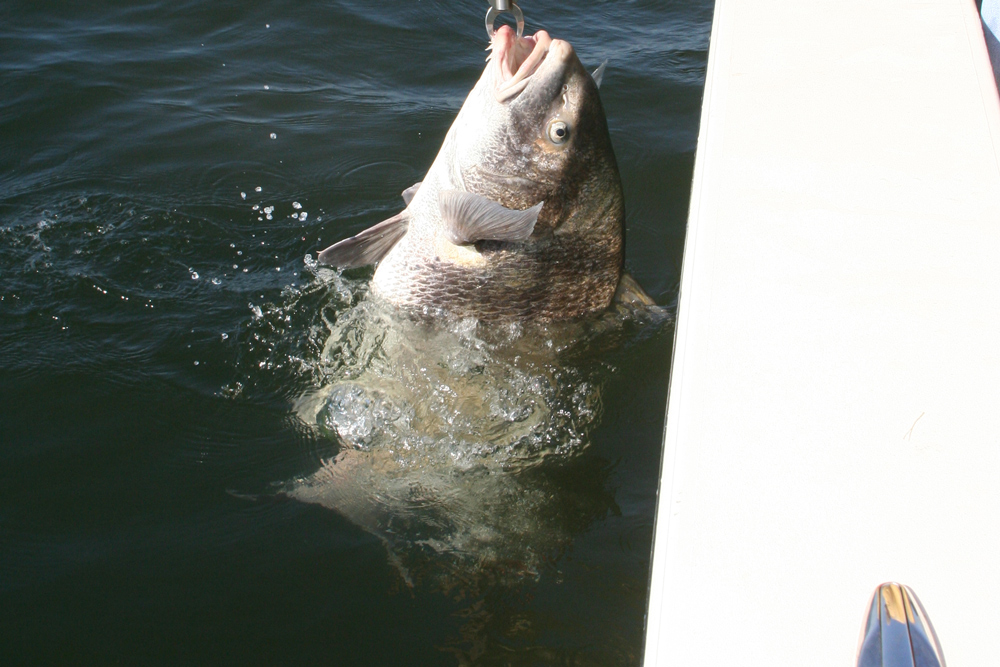
Once upon a time there were few small black drum once you got very far north of the CBBT. These days smaller fish come up the Bay, but still, larger 50-plus-pound fish are more commonplace than the little guys. Plenty of 70 pounders get caught in Bay waters every season. And even bigger fish are entirely possible, with 80 and 90 pounders caught with some regularity – on top of that, you just know that somewhere in the Bay there’s a drum that breaks that 100-pound mark. Maryland’s current record black drum sits at 103 pounds, and Virginia’s at 111 pounds.
Fishing Mayhem in Maryland
In the Maryland portion of the Bay areas, drum fishing takes many forms. Sometimes it means searching for the fish along a ledge or structure like the famed Stone Rock while using your sounder. Black drum appear as very large red triangular marks on a fishfinder, and these fish are so large that it’s tough to mistake the readings for anything else. To find them, locate whatever edge or hotspot you’re fishing on and zig-zag back and forth across it at minimum speed. Initially you may want to search at six or eight mph, but at this speed it’ll be very difficult to stop in time to get baits to the fish. So after you see a batch or two on the meter and you’re confident you’re in the right area, start searching at just three or four mph.
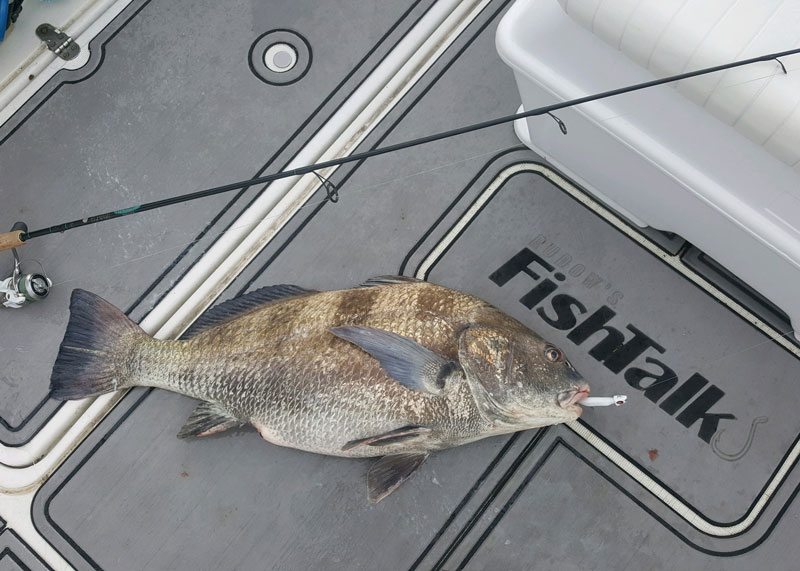
Perform your search pattern going into the wind and/or current, whichever is stronger, so that when you spot the fish you can simply shift into neutral and drop the lines – baited with either a half a soft crab, a half a soft crab, or in a pinch a half a peeler crab – while the forces of nature bring the boat to a halt. If you’re going with the wind or current, spot some fish, and shift to neutral, by the time you can get your baits in the water and down to the bottom there’s a good chance the boat will be well beyond the fish. Of course, you can’t always head in one direction. So, what do you do when travelling downwind, and you see those marks? Bide your time, and play it smart. Instead of dropping your baits, circle back as tightly as you can and see if you can get back over the school again, this time going in the better direction.
As you circle around looking for the fish, every angler onboard should have a line baited up and be on a hair trigger. The faster you can get multiple baits to the bottom, the better your chances of hooking up when you spot fish. The moment the captain spots them he or she should shift into neutral, and call out to the anglers to drop immediately. Using these tactics effectively, you can hope for hook-ups about half of the time you locate a school. Inexperienced captains might realistically hope to generate a hook-up once each three or four times they spot good drum marks. And when you do get a fish on it’s common to hook several at the same time, since they travel so tightly packed together.
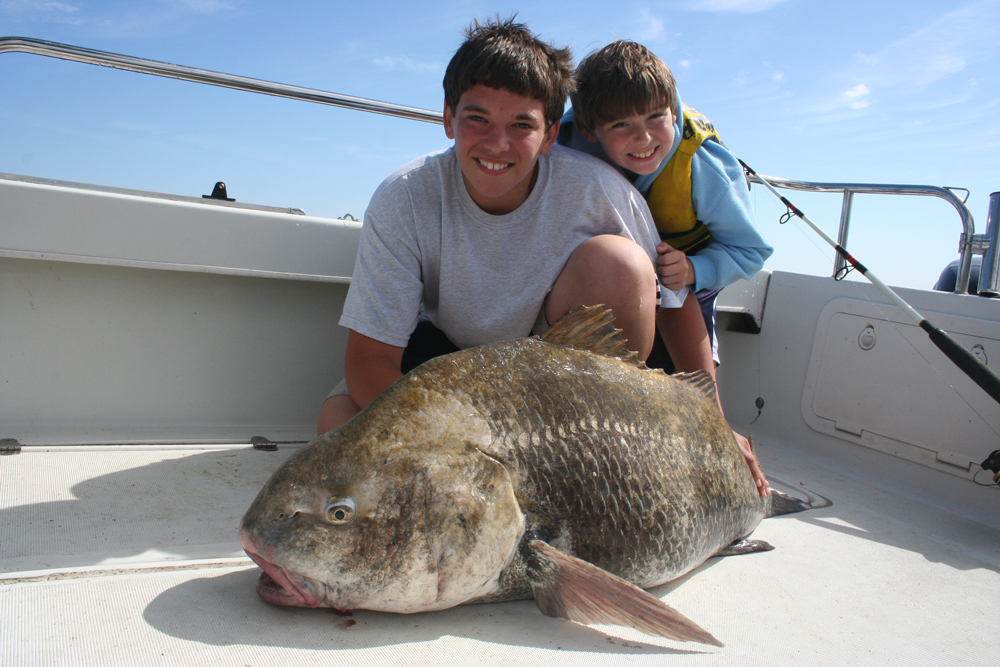
When a drum takes the bait, give it a five-count with the reel in freespool before slowly applying tension, to let your circle hook do its thing. Remember that they do have sensitive mouths and will often dump a bait if they initially feel resistance – make sure there’s zero tension on the line when they first begin to swim with it. Expect several bulldog-like runs, before the drum comes up to the boat.
This technique is effective anywhere the drum are schooled, but is most popular in areas like the Stone Rock and the drop-offs of Sharp’s Island Flats, in the Middle Bay. In this zone, the fish will show up sometime from mid-May through the beginning of June and usually stick around for three to five weeks. In recent years, however, the run has been unreliable and the fish haven't been clustered together.
When this is the case it may be more effective to set up and anchor in an area drum are known to hang around at, such as a wreck or oyster bar. Soft crab is still the favored bait, but instead of hunting down the fish you anchor up, set out the baits, and wait. This tactic is much more common in areas like the Tangier Sound.
On the Hook for Black Drum in Virginia
In Virginian waters where the blacks arrive a bit earlier (usually during April) drum fishing is usually done at anchor. Instead of searching for the schools of fish, anglers will drop the hook in water between 15’ and 25’ deep, in areas drum are known to frequent where there are sloughs or troughs with a steep drop-off of several feet or more. Latimer Shoals, the Cabbage Patch, and the Inner Middle Grounds are all well-known areas to target them. Up north in the lower Delaware Bay, many anglers employ the same technique.
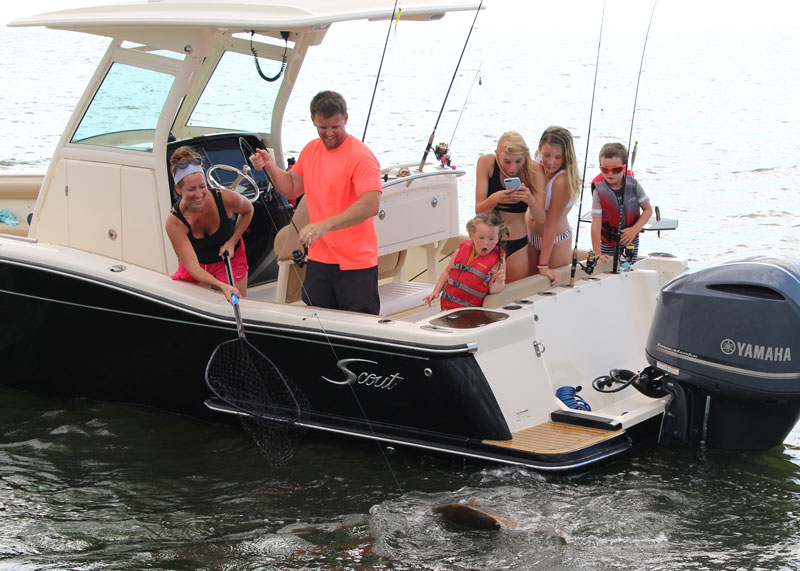
Some anglers will go to a spot that’s been kind to them in the past, drop anchor, and begin fishing. Others will scout around a bit while looking at the fishfinder, and pick an area when they begin seeing some marks. Either way, with the anchor set, baits are cast out to the sides and behind the boat, and are simply left to sit on bottom until a fish picks them up. Rather than using soft crab, however, the traditional bait for this style of fishing is a whole shucked sea clam.
Many anglers believe you can up the odds of success by chumming as you fish. Some will smash up a few clams and hang them behind the boat in a net-bag, while some others will take the time to dice up clam and fling bits over the side as they wait for a bite. Either way, everyone agrees that it’s a good move to smash the shell of the clams you’re using for bait against each other and toss them over the side, to enhance the chum’s effectiveness.
When fishing later in the season at the CBBT black drum may also be encountered. Targeting these fish effectively, however, requires a completely different style of fishing; check out Summer at the CBBT to learn more about how to focus on these fish here.
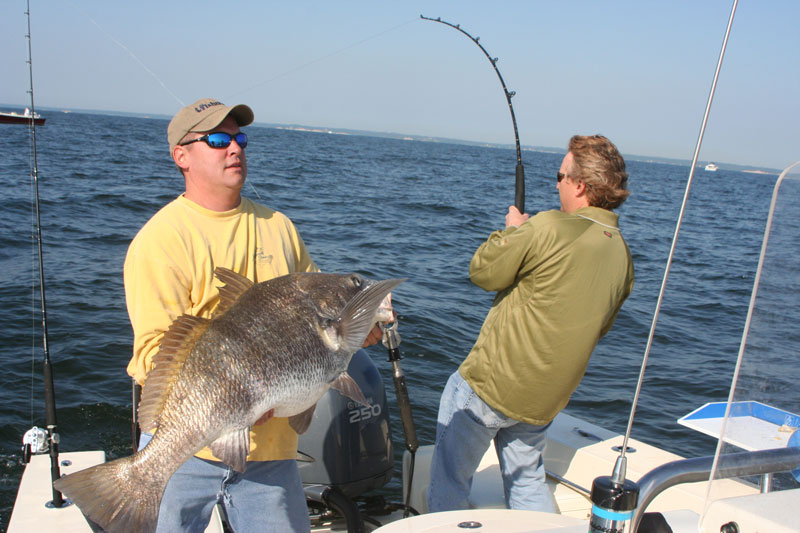
Whether you’re fishing for big blacks up the Bay in Maryland, down the Bay in Virginia, or in the Delaware, the basic tackle remains the same. This isn’t finesse fishing — you’re trying to hook a large, powerful bottom feeder. Accordingly, you’ll want to use beefy tackle that can take on a heavy load, like conventional or heavy spinning gear in the 40- to 50-pound class. Tie on a fishfinder rig attached to a four or five foot 60-pound fluorocarbon leader, terminating in an 8/0 to 10/0 circle hook. You can also use an egg sinker rigged above a swivel attaching your main line to your leader. Either option works fine, but the important thing is to have a rig that allows you to let the fish take line without feeling the drag of the weight.
Eating Black Drum
Remember that big drum are not the best eating fish in the world. As they age their meat becomes very tough (you’ll hear plenty of people say it has the consistency of pork… and they’re correct). What’s worse is that fish over 30 pounds or so are commonly riddled with spaghetti worms. These are tapeworms that live in sharks, and drum are their intermediate host. The worms merely hope that the drum get eaten so they can find a nice big shark to settle down in for the long term. How’s that for weird? While these worms can’t live in humans, they’re certainly a gross-out. And drum live exceptionally long lives. Some of the bigger fish you catch may be 50 or even 60 years old.
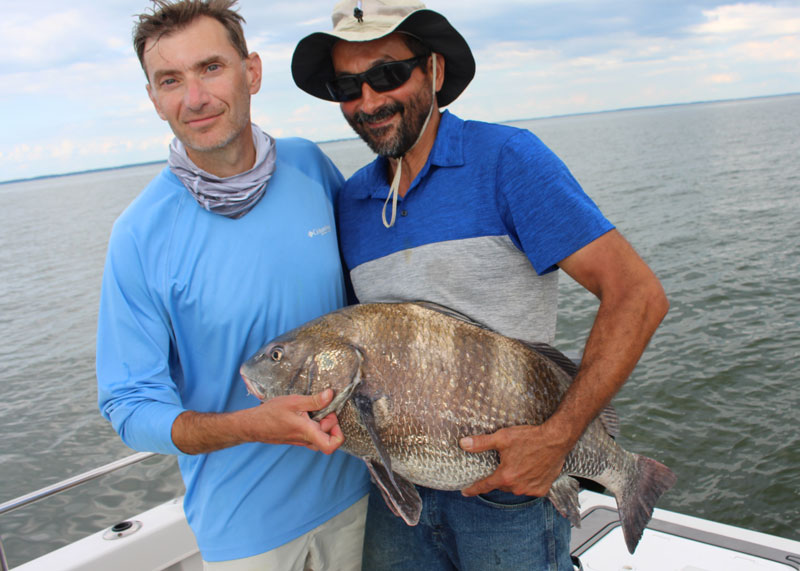
The bottom line? While keeping a 20 or maybe even a 25 pound fish to eat is legit, a lot of larger drum get taken home only to be ultimately tossed into the trash – so carefully releasing bigger fish it the best move. Just don’t forget to bring along a scale, so before you slide that big black beast back over the side you can get a quick weight and find out if you’ve broken that magic 100 pound mark.
Editor's Note: This article was originally published in May of 2018 and was last updated in March of 2025.